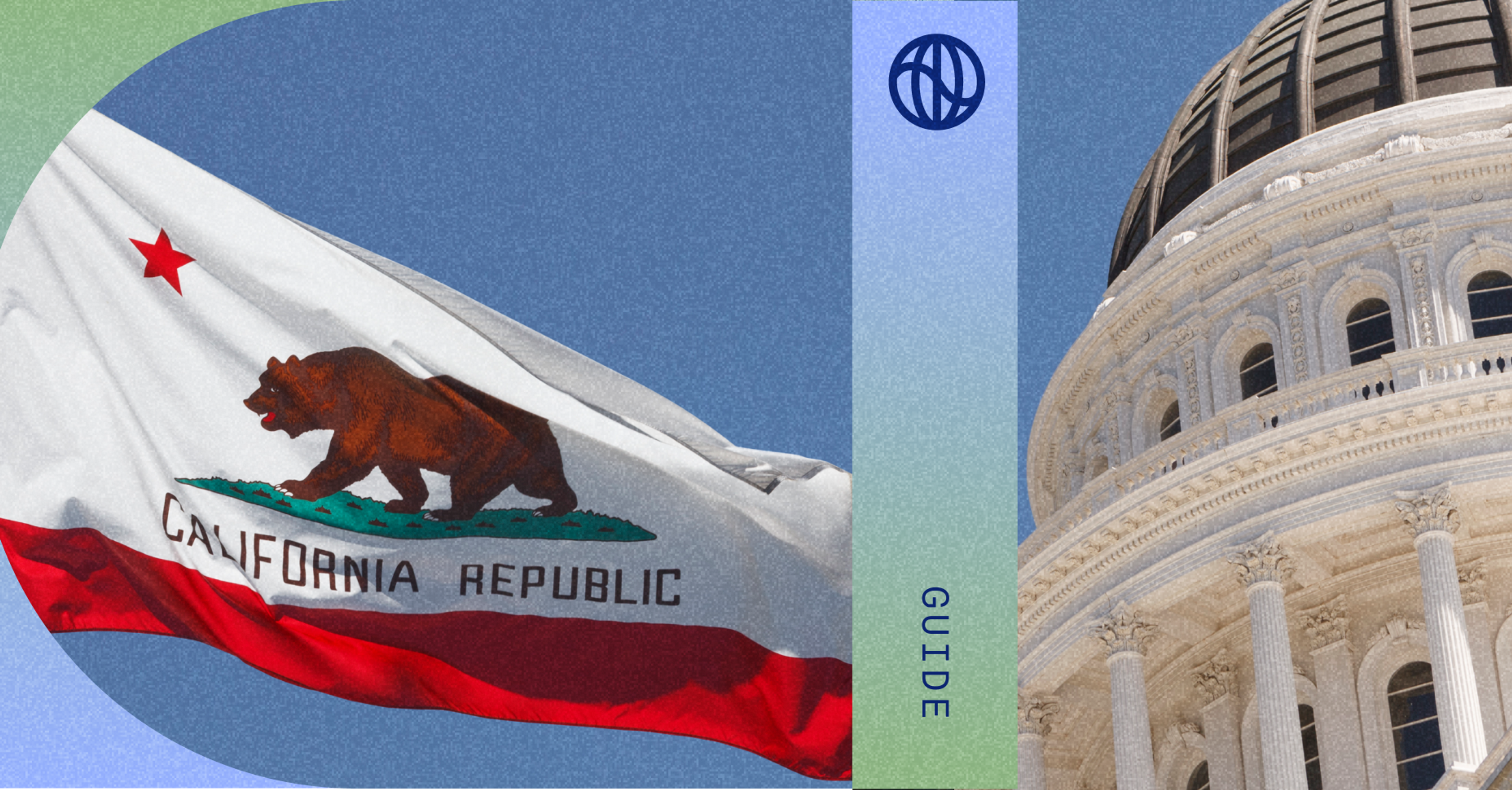Australia’s Sustainable Finance Roadmap aims to mobilise investment for a net zero economy by ensuring that markets can access high quality sustainability information. As part of the roadmap, the Australian Accounting Standards Board has developed the Australian Sustainability Reporting Standards (ASRS)—climate-related financial disclosure rules for large businesses and financial institutions. These standards align with the International Sustainability Standards Board (ISSB) framework, which currently includes standards for general sustainability disclosures (IFRS S1) and climate-related disclosures (IFRS S2).
Australia's House of Representatives voted on the 9th September to pass the Treasury Laws Amendment bill, having previously been passed by the Senate. Over 6,000 companies will be required to make disclosures in phases over the next three years, with the first group reporting on financial years after January 1, 2025.
First proposed in October 2023, the draft legislation has undergone revisions due to significant backlash over initial deviations from the ISSB baseline, which is meant to harmonise the world around a common set of disclosure rules. This article will cover the final ASRS draft’s requirements, which companies it applies to, and filing processes.
What does the latest version of the ASRS require?
The Australian Sustainability Reporting Standards (ASRS) has three components:
- ASRS 1 (General Requirements for Disclosure of Climate-related Financial Information): A voluntary standard for general disclosures that is aligned to IFRS S1’s four pillars: governance, strategy, risk management, and metrics and targets
- ASRS 2 (Climate-related Financial Disclosures): A mandatory standard that is aligned to IFRS S2. It includes more detailed disclosures related to each of the four pillars on climate-related opportunities, and physical and transition risks
- ASRS 101 (References in Australian Sustainability Reporting Standards): A service standard that lists the relevant versions of any non-legislative documents published in Australia and foreign documents that are referenced in ASRS
Nearly 75% of the ASX200 have committed to or are already voluntarily reporting climate-related information against the Task Force on Climate-Related Financial Disclosures (TCFD) framework. For these companies, transitioning to ISSB should be natural as TCFD is being gradually phased out (e.g., ISSB has taken over the monitoring of TCFD reporting already) and ISSB is an extension of TCFD.
ISSB adopts TCFD’s four pillars focused on climate disclosure and will eventually apply them to other areas of sustainability like water, waste, and biodiversity. IFRS S2 also asks for additional data and analysis on climate items, challenging companies to demonstrate how climate has been integrated holistically into their operations. For example, it requires companies to report scope 3 emissions, their climate transition plans, and the percentage of executive pay that’s linked to climate considerations.
The ASRS 2 deviates from the IFRS S2 in minor ways, including:
- ASRS 2 doesn’t require industry-based metrics or reference SASB standards
- ASRS 2 will use terminology suitable for not-for-profit entities, whereas IFRS S2 is only suitable for profit-oriented entities
In addition, the Senate has mandated more specific guidelines for climate scenario analysis whereas IFRS S2 only asks for an approach that is “commensurate with the entity’s circumstances” — organisations must undertake at least two mandatory climate scenarios, with one consistent with warming of 1.5 degrees and another ‘high warming’ scenario that “well exceeds” 2 degrees.
How is the final legislative draft different from initial proposals?
- The timeline for the first reporting group has been pushed back by 6 months: Originally, Group 1 reporting companies would need to create climate-related disclosures for financial years starting after July 1, 2024. Group 1’s first reporting year will now start after January 1, 2025, with reports being published in 2026. Note that the later groups’ timelines have not changed, and reporting year start dates remain July 1, 2026 and 2027, respectively.
- ASRS 1 is more tightly aligned with ISSB, but has become voluntary: ASRS 1 disclosures originally would be limited to climate-related risks and opportunities only, substituting any references to “sustainability” in IFRS S1 with “climate”. After global investors and the Australian finance sector raised concerns about data comparability, jurisdictional interoperability, and competitiveness, ASRS 1 became non-mandatory but closer in line with IFRS S1.
- ASRS 2 is more tightly aligned with ISSB: Many Australia-specific variations have been removed so that ASRS 2 is closer in line with IFRS S2 (e.g., measurement approaches now match, financed emissions reporting will become mandatory, market-based emissions reporting will become voluntary)
Who will be impacted by the ASRS?
Australia’s largest companies, emitters, and financial institutions will come into scope in three waves based on their size and the start of their financial year.
Reporting groups and starting financial year | Large entities (incl. their controlled entities) that meet at least two criteria | National Greenhouse and Energy Reporting (NGER) reporters | Asset owners | ||
|---|---|---|---|---|---|
| Consolidated revenue | Consolidated gross assets | Number of employees |
|
|
Group 1 On or after January 1, 2025 | >$500M | >$1B | >500 | Above NGER publication threshold | N/A |
Group 2 On or after July 1, 2026 | >$200M | >$500M | >250 | All other NGER reporteres | >$5B assets under management |
Group 3 On or after July 1, 2027 | >$50M | >$25M | >100 | N/A | N/A |
When will the ASRS come into effect?
Each group will begin reporting for financial years that start on or after:
- Group 1: January 1, 2025 (first publication in 2026)
- Group 2: July 1, 2026 (publication in 2027)
- Group 3: July 1, 2027 (publication in 2028)
How and where will companies need to report ASRS?
Climate-related financial disclosures should be made within a standalone “sustainability report” in the company’s annual financial report.
Will the disclosures require assurance?
The Auditing and Assurance Standards Board (AUASB) will finalise assurance requirements by December 2024, likely aligning them with financial reporting standards. Proposals call for phased-in requirements, with limited assurance on new topics (e.g., strategy, risk management) for the first three reporting years and reasonable assurance on all disclosures from the fourth reporting year (i.e., July 1, 2030).
What will the liability implications be?
Failing to report or publishing misleading information will lead to financial and reputational consequences under the Corporations Act and Australian Securities and Investments Commission (ASIC) Act 2001 (Cth). Directors face personal liability risks, but the legislation will provide limited immunity for “protected statements” in sustainability reports of financial years commencing over January 1, 2025 to December 31, 2027.. During this period, only ASIC will be able to take non-criminal action against deceptive conduct. Protected statements include:
- Year 1: All forward-looking, climate-related statements.
- Years 1-3: Scope 3 emissions, scenario analysis, and transition plans.











